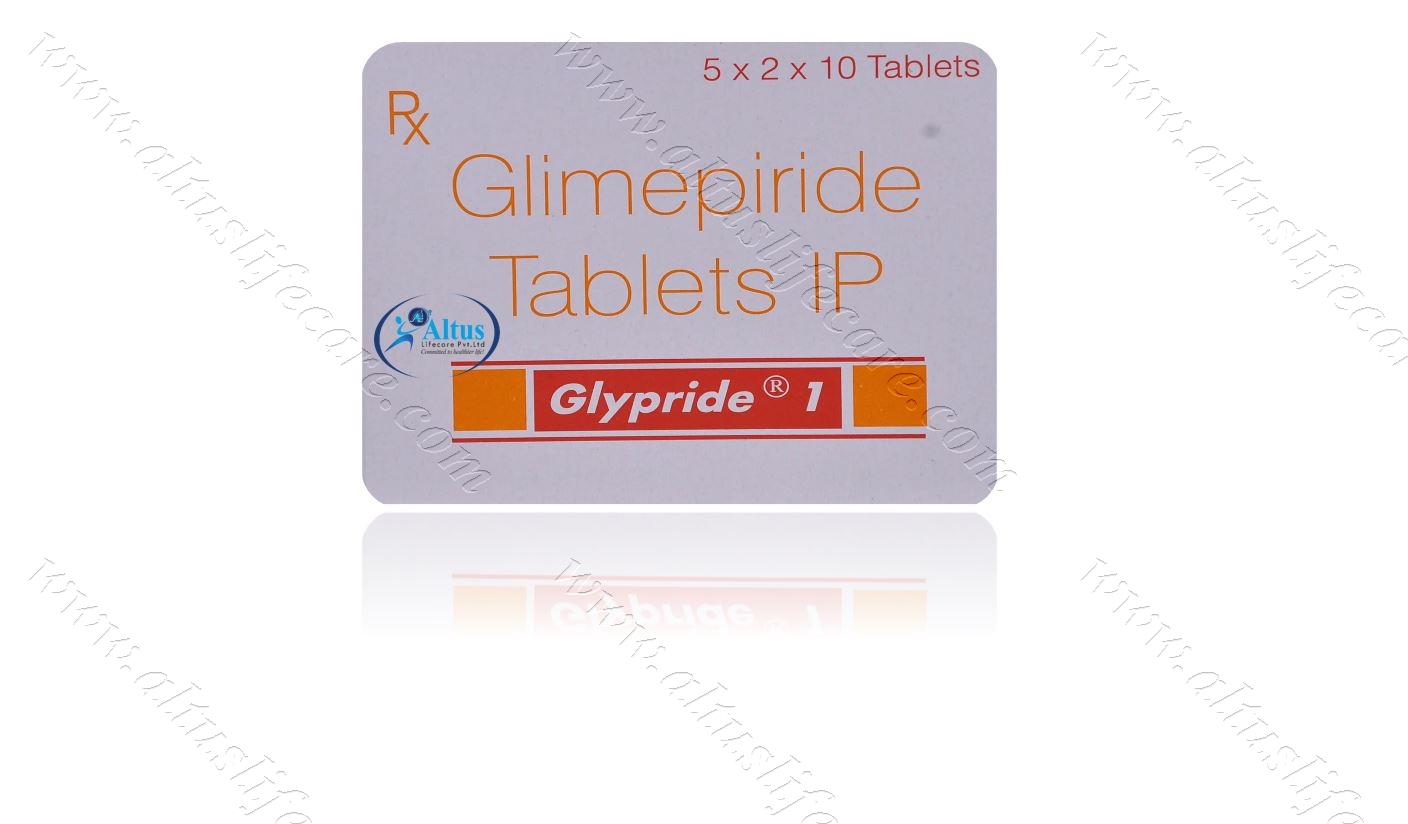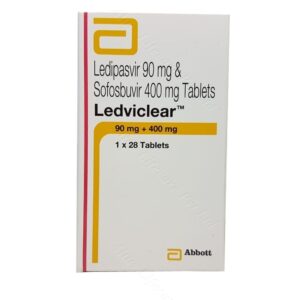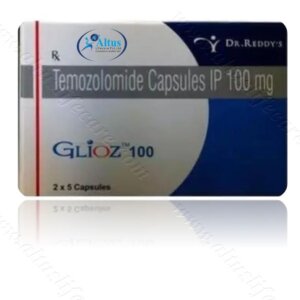- Botulinum
- Diabetes
- Human Albumin
- Anti Malarial
- Dermal fillers
- Chemical Peels
- Nephrology Segment
- Kidney / Liver Care
- Anti Cancer
- Altus Product's
- Pharmaceutical Products
- Anti Fungal
- Hepatitis
- Beauty & Skin Care
- Asthma
- Modafinil
- Urology Segment
- Thyroid Care
- Armodafinil
- HIV Medicines
- Weight Loss
- Naltrexone
- Anti Emetic
- Neuropathic Pain
- Mens Health
- Hair Loss
- Pain Relief
- HCG Injections
- Quit Smoking
- Pharmaceutical Vaccine
- Best Selling Products
- Anti Viral
- Bimatoprost
- Antibiotics
- Women's Health
- Cetaphil
- Anti-Cancer
- Armodafinil
- Bimatoprost
- Botulinum
- Dermal Fillers
- Hepatitis
- Mens-health
- Modafinil
- Naltrexone
- ANTI EMETIC
- Altus Product’s
- Anti Fungal
- Anti Malarial
- Anti Viral
- Antibiotics
- Asthma
- Beauty & Skin Care
- Cetaphil
- Chemical Peels
- Diabetes
- Hair Loss
- HCG Injections
- HIV Medicines
- Human Albumin
- Kidney / Liver Care
- Neuropathic Pain
- Pain Relief
- Pharmaceutical Products
- Pharmaceutical Vaccine
- Quit Smoking
- Thyroid Care
- Weight Loss
- Women’s Health
- Botulinum
- Diabetes
- Human Albumin
- Anti Malarial
- Dermal fillers
- Chemical Peels
- Nephrology Segment
- Kidney / Liver Care
- Anti Cancer
- Altus Product's
- Pharmaceutical Products
- Anti Fungal
- Hepatitis
- Beauty & Skin Care
- Asthma
- Modafinil
- Urology Segment
- Thyroid Care
- Armodafinil
- HIV Medicines
- Weight Loss
- Naltrexone
- Anti Emetic
- Neuropathic Pain
- Mens Health
- Hair Loss
- Pain Relief
- HCG Injections
- Quit Smoking
- Pharmaceutical Vaccine
- Best Selling Products
- Anti Viral
- Bimatoprost
- Antibiotics
- Women's Health
- Cetaphil
No products in the cart.
Return To Shop$28.21 – $60.90Price range: $28.21 through $60.90
Glypride 1 Tablet (Glimepiride 1mg)
Glypride 1 Tablet belongs to a group of medicines called sulfonylureas and is used to treat type 2 diabetes mellitus in adults. It helps control blood sugar levels in people with diabetes thereby preventing serious complications of diabetes such as kidney damage and blindness.
Have questions?
Call : +91 9002 1002 33
Glypride 1 Tablet (Glimepiride 1mg)
| COUNTRY OF ORIGIN | India |
|---|---|
| DOSAGE FORM | Tablets |
| EQUIVALENT BRAND | Amaryl |
| GENERIC NAME | Glimepiride |
| INDICATION | Type 2 diabetes |
| MANUFACTURER | Sun Pharmaceutical Industries Ltd |
| PACKAGING | 10 tablets in 1 strip |
| COMPOSITION | Glimepiride (1mg) |
| PACK SIZE | 200 Tablet/s, 300 Tablet/s, 400 Tablet/s, 500 Tablet/s |
PRODUCT INTRODUCTION
Glypride 1 Tablet belongs to a group of medicines called sulfonylureas and is used to treat type 2 diabetes mellitus in adults. It helps control blood sugar levels in people with diabetes thereby preventing serious complications of diabetes such as kidney damage and blindness.
Glypride 1 Tablet may be used alone or along with other medicines. It should be taken just before or with the first meal of the day. Take it regularly at the same time each day to get the maximum benefit. Your doctor will decide what dose is best for you and this may change from time to time according to your blood sugar levels.
Keep taking this medicine, even if you feel well or your blood sugar levels are controlled. If you stop it without consulting your doctor, your blood sugar levels could rise to put you at risk of diabetes complications such as kidney damage, blindness, nerve problems, and loss of limbs.
Remember that it is only part of a treatment program that should also include a healthy diet, regular exercise, and weight reduction as advised by your doctor. Your lifestyle plays a big part in controlling diabetes.
The most common side effects of taking this medicine include low blood sugar levels (hypoglycemia), nausea, headache, and dizziness. Make sure you recognize the signs of having low blood sugar levels, such as sweating, dizziness, headache, and shaking, and know how to deal with them.
To prevent this, it is important to have regular meals and always carry a fast-acting source of glucose such as sugary food or fruit juice with you. Drinking alcohol can also increase your risk of low blood sugar levels and hence should be avoided. Some people may experience an increase in weight with this medicine.
You should not take it if you have type 1 diabetes mellitus, diabetic ketoacidosis (high levels of acid in your blood), or if you have severe kidney or liver disease. Before taking this medicine, tell your doctor if you have ever had heart disease, thyroid disease, or some hormonal conditions, as it may not be suitable.
Pregnant or breastfeeding women should also consult their doctor before taking it. Your blood sugar levels should be checked regularly and your doctor may also advise blood tests to monitor your blood cell counts and liver function.
Glimepiride 1mg: Fine-Tuning Glycemic Harmony in Mild Diabetes Management
As a subtle yet effective tool in the arsenal of diabetes medications, Glimepiride 1mg is tailored for individuals requiring gentle glycemic control. Operating as a second-generation sulfonylurea, Glimepiride encourages the pancreas to release insulin, facilitating the absorption of glucose by cells.
The 1mg strength embodies a meticulous balance, offering a conservative approach to managing mild diabetes. Often prescribed as an initial therapy or for those with mild blood sugar irregularities, Glimepiride 1mg underscores the importance of precision in dosage to achieve optimal glycemic harmony.
Regular monitoring and collaboration with healthcare providers are paramount to ensuring the efficacy of Glimepiride 1mg while mitigating the risk of hypoglycemia.
Navigating Glimepiride 1mg: Precision in Gentle Blood Sugar Modulation
In the intricate realm of diabetes care, Glimepiride 1mg emerges as a beacon of precision, gently navigating the delicate balance of blood sugar modulation. This dosage exemplifies a careful calibration, allowing for effective glycemic control while minimizing the risk of hypoglycemia. As a medication promoting insulin secretion, Glimepiride 1mg aligns with the needs of patients whose beta cells retain some functionality, making it a suitable choice for mild diabetes cases.
Prescribed as part of an individualized treatment strategy, this dosage emphasizes the importance of a gentle and precise approach to achieve and maintain blood sugar stability. Regular communication with healthcare providers, adherence to prescribed dosages, and lifestyle adjustments collectively contribute to the success of Glimepiride 1mg in providing a tailored and gentle solution to mild diabetes management.
“The Ins and Outs of Glimepiride: What You Need to Know”
For patients and healthcare professionals alike, having a comprehensive understanding of Glimepiride is essential. This section covers the ins and outs of the medication, providing the knowledge needed to make informed decisions about its use in diabetes therapy.
“Balancing Act: Glimepiride and Blood Sugar Levels”
Exploring the delicate balance between Glimepiride and blood sugar levels, this paragraph emphasizes the importance of achieving optimal glycemic control without inducing hypoglycemia. Healthcare providers play a pivotal role in striking this balance to ensure the safety and efficacy of Glimepiride therapy.
Journey to Jubilation: Drug for Diabetes Mellitus Type 2 Quest
Narrating a quest towards jubilation, this exploration discusses how the drug contributes to positive and celebratory journeys for individuals managing Diabetes Mellitus Type 2.
Signs and Symptoms of Type 2 Diabetes Mellitus: Health Alarms for Timely Awareness
Explore the health alarms that act as signals for timely awareness of diabetes. Emphasize the role of these alarms in prompting individuals to take proactive steps towards their health and well-being.
Updates on Stem Cell-Based Therapies for Treatment of Type 2 Diabetes Mellitus
Highlighting regenerative medicine approaches, this section provides updates on stem cell-based therapies for the treatment of Type 2 Diabetes Mellitus. By exploring the potential of stem cells to restore pancreatic function, the discussion contributes to advancements in diabetes therapeutics.
“Meds for Diabetes Mellitus Type 2: Prescription Wisdom for Medication Mastery”
Uncover prescription wisdom for attaining medication mastery in the context of Type 2 Diabetes. This guide emphasizes the informed use of prescriptions, providing individuals with the knowledge needed to make wise choices for improved health outcomes and effective diabetes management.
Medications for Diabetes Mellitus Type 2: Medication Mixing Precautions
– Mixing medications requires careful consideration. Join us as we discuss precautions and guidelines for individuals with type 2 diabetes when it comes to combining different medications, ensuring safety and efficacy in their treatment plans.
DM Type 2 Medications: Medication Dynamics for Improved Diabetes Care
Examine the dynamic nature of medications and their impact on improving diabetes care in individuals with Type 2 Diabetes. Understand how medication dynamics contribute to enhanced blood sugar control and overall care.
Diabetes Mellitus Medications: Medication Strategies for Optimal Living
Implement strategic approaches to medication use for optimal living amidst diabetes management. This guide provides practical strategies to maximize the benefits of medications, promoting optimal living and a fulfilling lifestyle.
USES OF GLYPRIDE TABLET
- Treatment of Type 2 diabetes mellitus
BENEFITS OF GLYPRIDE TABLET
In Treatment of Type 2 diabetes mellitus
Glypride 1 Tablet increases the amount of insulin your body produces (in the pancreas). The insulin then works to lower your blood glucose level. It is usually taken once a day. You should keep taking it for as long as it is prescribed.
Lowering blood glucose levels is an essential part of managing diabetes. If you can control the level you will reduce the risk of getting any of the serious complications of diabetes such as kidney damage, eye damage, nerve problems, and loss of limbs. Taking this medicine regularly along with proper diet and exercise will help you live a normal, healthy life.
SIDE EFFECTS OF GLYPRIDE TABLET
Common side effects of Glypride
- Hypoglycemia (low blood glucose level)
- Headache
- Nausea
- Dizziness
HOW TO USE GLYPRIDE TABLET
HOW GLYPRIDE TABLET WORKS
SAFETY ADVICE

Alcohol

Pregnancy

Breast feeding
Monitoring of the breastfed infant’s blood glucose is advisable during maternal therapy with Glypride 1 Tab let

Driving

Kidney
Use of Glypride 1 Tab let is not recommended in patients with severe kidney disease. These patients can experience very low blood sugar levels which may become normal after a long time.

Liver
However, the use of Glypride 1 Tab let is not recommended in patients with severe liver disease. These patients can experience very low blood sugar levels which may become normal after a long time.
WHAT IF YOU FORGET TO TAKE GLYPRIDE TABLET?
| Pack Size | 200 Tablet/s, 300 Tablet/s, 400 Tablet/s, 500 Tablet/s |
|---|
3 reviews for Glypride 1 Tablet (Glimepiride 1mg)
Related products
Alphalan Tablets (Melphalan)
From: $74.03Ledviclear Tablets | Ledipasvir | Sofosbuvir
From: $243.59Daunotec 20mg Injection | Daunorubicin
From: $54.55Glioz 100mg Capsule Temozolomide
From: $148.57Sofab LP Tablet | Ledipasvir | Sofosbuvir
From: $256.41Hepcvir Tablet | Sofosbuvir 400mg
From: $153.85Cabgolin Tablet (Cabergoline)
From: $50.65People also bought
-

Benoquin 40 Cream | Monobenzone 40%
From: $154.77 -
 From: $38.38
From: $38.38 -
 From: $40.05
From: $40.05 -

Aziderm 10% Cream 15gm | Azelaic Acid 10%
From: $39.26
Our Services
Shipping
Shipping at Discounted Price
Money Returns
Return Within 30 Days
Secure Payment
Safe & Secure Payment
Support 24/7
Contact 24 Hours Day
From: $24.36


From: $15.38
- Anti-Cancer
- Armodafinil
- Bimatoprost
- Botulinum
- Dermal Fillers
- Hepatitis
- Mens-health
- Modafinil
- Naltrexone
- ANTI EMETIC
- Altus Product’s
- Anti Fungal
- Anti Malarial
- Anti Viral
- Antibiotics
- Asthma
- Beauty & Skin Care
- Cetaphil
- Chemical Peels
- Diabetes
- Hair Loss
- HCG Injections
- HIV Medicines
- Human Albumin
- Kidney / Liver Care
- Neuropathic Pain
- Pain Relief
- Pharmaceutical Products
- Pharmaceutical Vaccine
- Quit Smoking
- Thyroid Care
- Weight Loss
- Women’s Health















Ophelia (verified owner) –
Type 2 diabetes has encouraged me to explore the benefits of mindful journaling, providing an outlet for self-expression and reflection on my health journey.
Lisa (verified owner) –
“The product quality is outstanding, and the packaging is done with utmost attention to detail. Truly impressive!”
Nalani (verified owner) –
“Top-notch quality, lightning-fast shipping – exceeded my expectations!”